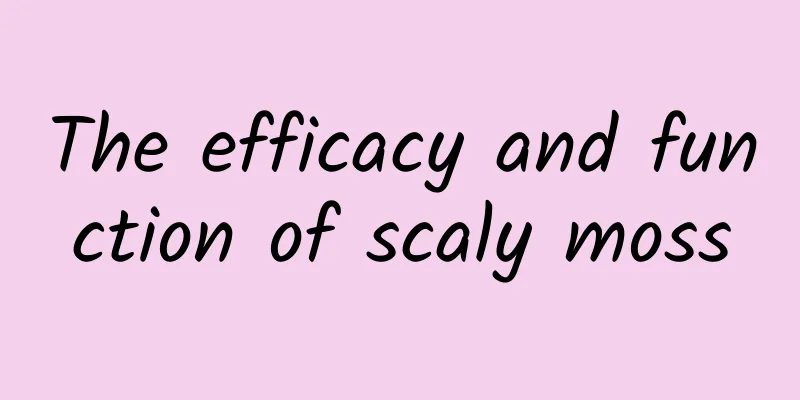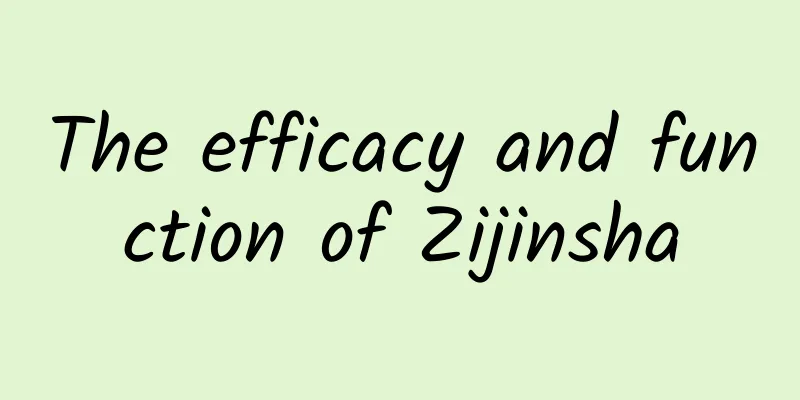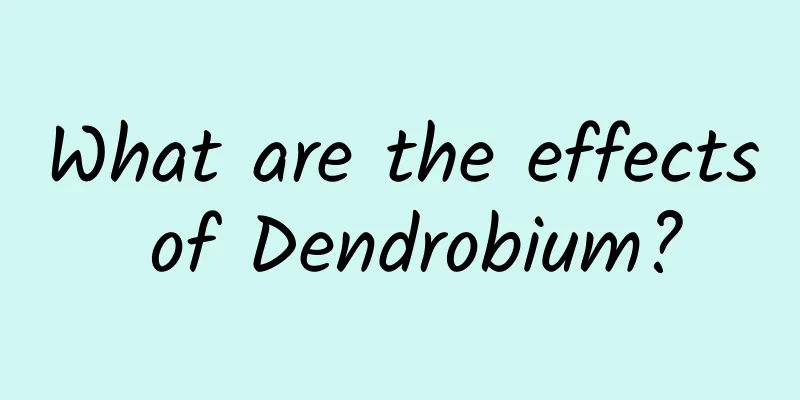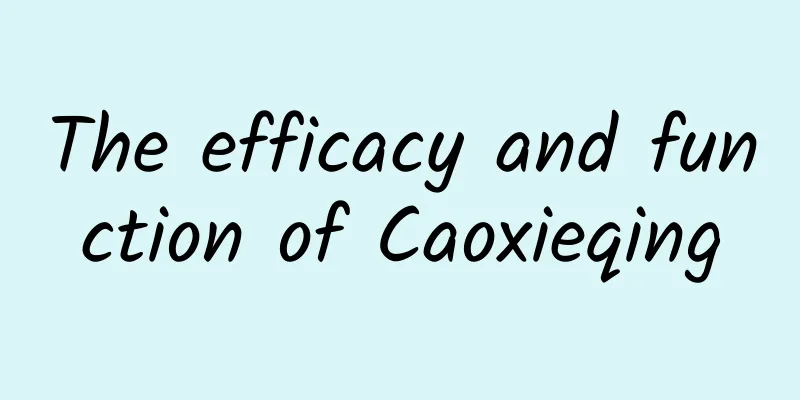What are licorice, chrysanthemum and wolfberry?
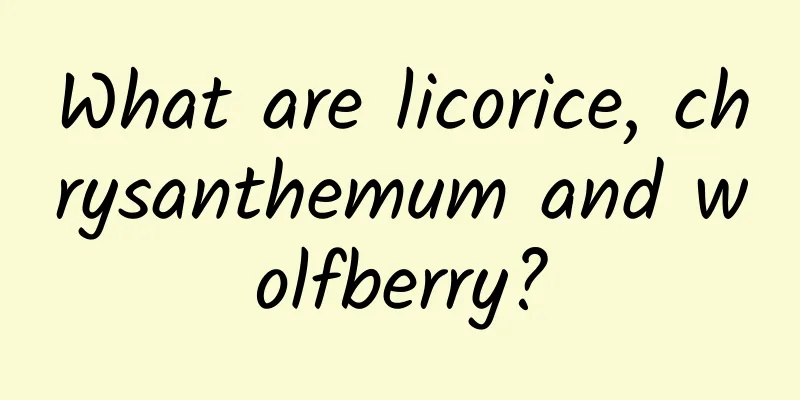
|
Licorice, wolfberry and chrysanthemum are several very common Chinese medicinal materials in life. Licorice has rich medicinal value and can be eaten all year round. The hay is generally used to make tea, which is very effective in relieving cough and phlegm, reducing swelling and inflammation. Chrysanthemum and wolfberry can clear away heat and detoxify, treat recurrent cough, and can be made into porridge or tea. So what are the methods of making licorice, chrysanthemum and wolfberry tea? What are the benefits of eating these two ingredients together? These two medicinal herbs can be taken together. Licorice is mild in nature, sweet in taste, and belongs to the twelve meridians. In traditional Chinese medicine, licorice nourishes the spleen and replenishes qi, relieves coughs and moistens the lungs, relieves urgency and detoxifies, and harmonizes hundreds of medicines. Wolfberry can be taken all year round. It is suitable for making tea in summer, but it is best to drink it in the afternoon, which can improve physical fitness and facilitate sleep. But it should be noted that wolfberry tea should not be paired with green tea. It is more suitable to be brewed with tribute chrysanthemum, honeysuckle, puffed sea and rock sugar. It is especially suitable for computer users who overuse their eyes. In winter, wolfberry is suitable for cooking porridge. It can be paired with various porridges. Lamb stewed with wolfberry is also very suitable for winter consumption. Guidance: Although wolfberry has good nourishing and therapeutic effects, it is not suitable for everyone. Because it has a very strong effect of warming the body, people who have a cold, fever, inflammation, or diarrhea should not eat it. Effects of wolfberry: nourishes the liver and kidneys, improves sperm quality and improves eyesight. It is used for deficiency of essence, soreness of waist and knees, dizziness and tinnitus, internal heat and thirst, blood deficiency and sallow complexion, and blurred vision. Licorice: tonifies the spleen and replenishes Qi, clears away heat and detoxifies, removes phlegm and relieves cough, relieves urgency and stops pain, and harmonizes various medicines. It is used for spleen and stomach weakness, fatigue, palpitations and shortness of breath, cough with excessive sputum, cramps and pain in the abdomen and limbs, carbuncles and sores, and to relieve drug toxicity. However, licorice cannot be used to make tea for a long time. Long-term consumption of licorice will cause water and sodium retention in the body, which will cause edema. The above article introduces the effects and functions of licorice, chrysanthemum and wolfberry tea. I hope everyone can have a mutual understanding. In fact, wolfberry and chrysanthemum are a combination of hot and cool properties, so friends with a little cold body cannot use it. Some medicinal materials are not suitable for everyone. This depends on the right medicine and must be distinguished based on the symptoms of the body. |
<<: What are the ways to consume licorice?
>>: How effective is licorice in lowering blood sugar?
Recommend
Functions and effects of saffron
People may not be very familiar with the function...
The efficacy and function of pearl lotus
Pearl lotus is rich in nutritional value and high...
Dating of Liujiang Man brings us one step closer to the origin of modern humans in East Asia!
Produced by: Science Popularization China Author:...
The Loch Ness Monster is not a whale's penis! But these sea monsters could be...
The Loch Ness Monster is one of the most mysterio...
How do migratory birds "see" the Earth's magnetic field with their eyes?
When the earth was first formed, it was still a m...
Lychee disease really exists, and the consequences are serious! These 4 types of people should not eat lychees
Lychee, as a treasure among summer fruits, is ric...
The efficacy and function of shallot [picture]
Shallots [picture] are a famous traditional Chine...
The efficacy and function of medicinal dogtooth flower
As people's living standards continue to impr...
The efficacy and function of the herb
Herba Udumbara can generally help clear away heat...
In order to improve performance, scientists actually "supplement" semiconductors with vitamin C?
Produced by: Science Popularization China Author:...
What are the medicinal properties of monk fruit?
Most of us who don’t know much about monk fruit p...
Early stars may not have died! They left us a bubble
Scientists discover a supernova that destroyed an...
What medicine should I take for low blood pressure?
Hypotension is a very common phenomenon in normal...
